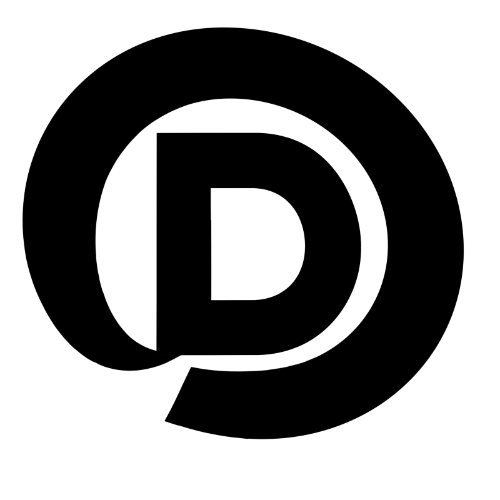Since the end of 2024, YouTube has been offering a new feature that automatically translates and dubs videos using artificial intelligence. With a single click, this innovation makes videos accessible to millions of English-language viewers. But in election season, the technology also raises questions: who decides whether party politics should suddenly be presented in another language? And what risks does that entail?
Which parties use AI dubbing on YouTube?
When our researcher recently opened the YouTube channel of a conservative-Christian political party in the Netherlands in an English-language browser, he heard something unexpected: not Dutch voices from the plenary chamber of the House of Representatives, but a fluent AI-generated voice-over in English. A parliamentary debate on Israel and Gaza, originally conducted in Dutch, suddenly sounded as if it was intended for an international audience.
An inventory of the YouTube channels of the Netherlands’ 20 largest political parties shows that the conservative ChristenUnie is not alone in using the English auto-dub feature. Forum voor Democratie, Staatkundig Gereformeerde Partij and Belang van Nederland – like the ChristenUnie all convervative parties – also publish videos that are automatically provided with an English AI voice by YouTube. Within this group, ChristenUnie and BVNL are the exceptions: BVNL only dubs a few and only the most recent video from ChristenUnie is not (yet) automatically available in English while its 14 previous uploads since 4 July were; SGP (since 1 July, 33 videos) and FvD (since 29 June, 28 videos) have all their new videos automatically dubbed into English.
In this video, we first see what English speakers hear when they watch a video translated into English, then the original. This video comes from the ChristenUnie channel on 23 September 2025 – Why can’t Christmas be called Christmas anymore?
We do not yet have an explanation for why this feature appeals in particular to conservative parties. It is noteworthy that among the parties in the German Bundestag, the conservative-nationalist AfD is the only one that automatically dubs all its videos into English.
How does YouTube decide which videos receive an AI dub?
Not every video on YouTube automatically received an AI-generated translation. A number of conditions applied: only channels participating in the advertising programme and therefore receiving income from YouTube were eligible for the new feature. These are known as YouTube partners. From this group, YouTube selected a number of channels – and even specific videos – that received this dubbing.
Since 10 September 2025, this technology has been available to all channels: YouTube will roll out the so-called “multi-language audio feature” to all YouTube partners in the coming weeks, including videos that have already been posted. This means that, in principle, every video will receive an extra audio track in another language. Only those who deliberately turn off dubbing will prevent their videos from receiving an AI voice.
The result of this new translation feature on YouTube is that political videos and parliamentary debates can now also be followed by non-native speakers. English dubbing shifts the playing field: it not only removes the language barrier, but also pushes Dutch videos into the international algorithm, where different standards, frames and viewpoints are rewarded. Foreign shares, likes and comments can thus cloud the online debate, and in doing so, YouTube – whether a translation is the choice of a political party or its own – opens the door a little wider to foreign influence in the elections.
This article is also published in Dutch on WebWatch, the tech watchdog by Defend Democracy.
Defend Democracy, 2 October 2025


